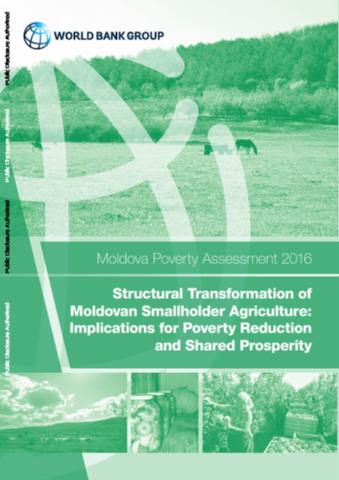Stability evaluation of the number of farmers farms and declared agricultural land in Lithuania
The beginning of the restitutional land reallocation reform in 1991 brought a rapid change in agricultural land utilisation and user groups resulting in the decrease of state land users’ categories and the growth of private agricultural land areas used by farmers and other natural and legal entities. The aim of the article is to analyse the stability of farmers farms and their agricultural areas in Lithuania during the period between 2009 and 2014.





